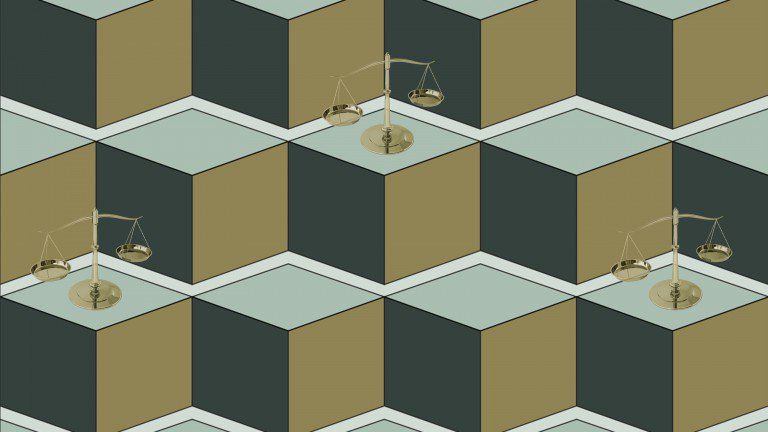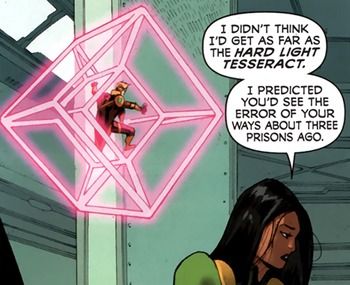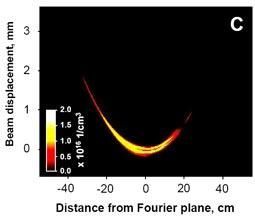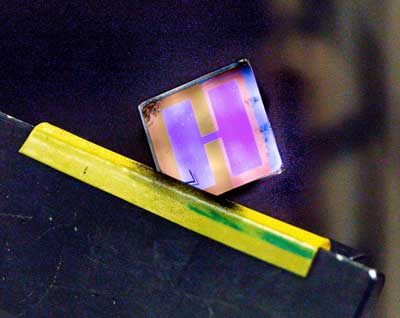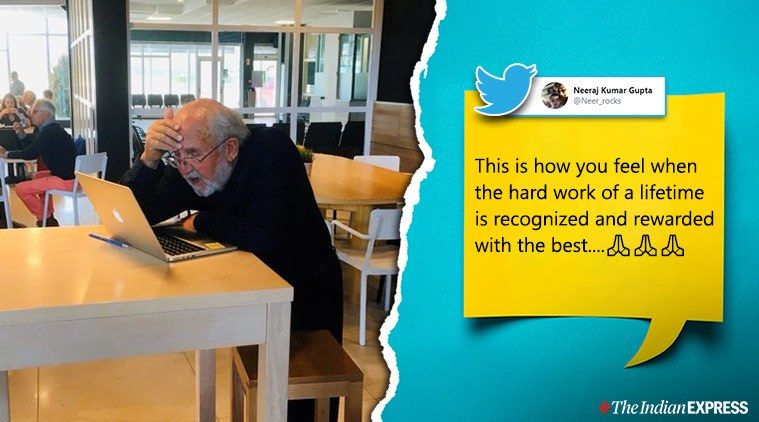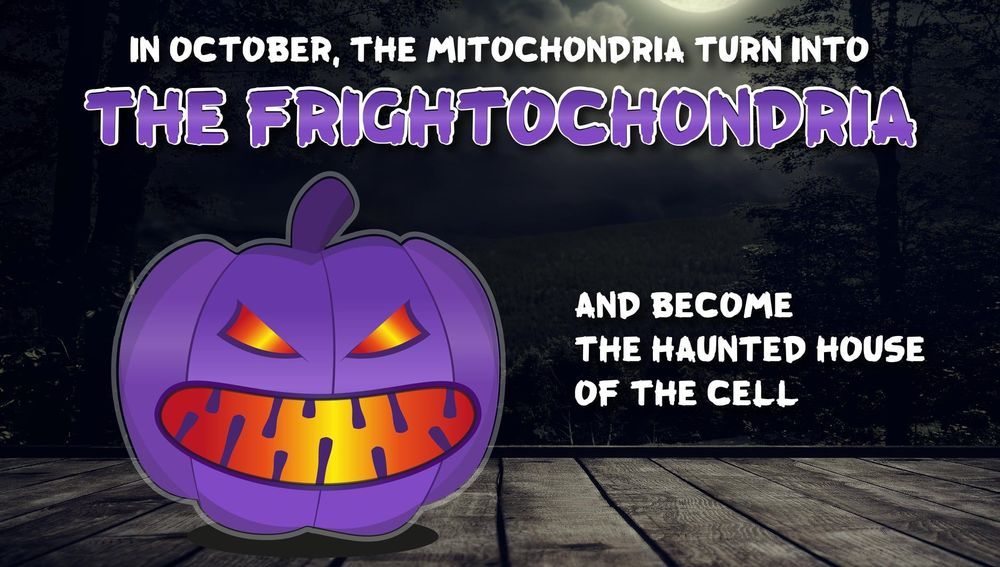Page 8314
When ordinary light, whether it comes from science fiction projectors or a magic spell, seems to have (or really does have) actual substance, it’s Hard Light. Hard light objects behave like any other object — chairs support weight, bullets kill, razors shave, and so forth. An illusory person made of Hard Light can pick up real things and interact physically with real people, even though they don’t technically exist.
Strictly speaking, hard light is not holography. A hologram is a sort of three-dimensional projection. It is not solid. If something is solid, it is, by definition, not a hologram.
That said, it’s easy to imagine holography being used in tandem with some other technology (Deflector Shields, perhaps) to produce a projection which seems solid to observers. The Holographic Terminal in its “real world” form comes to mind.
Oct 13, 2019
World’s Biggest 3D-Printer Makes World’s Biggest 3D-Printed Boat
Posted by Omuterema Akhahenda in categories: 3D printing, employment
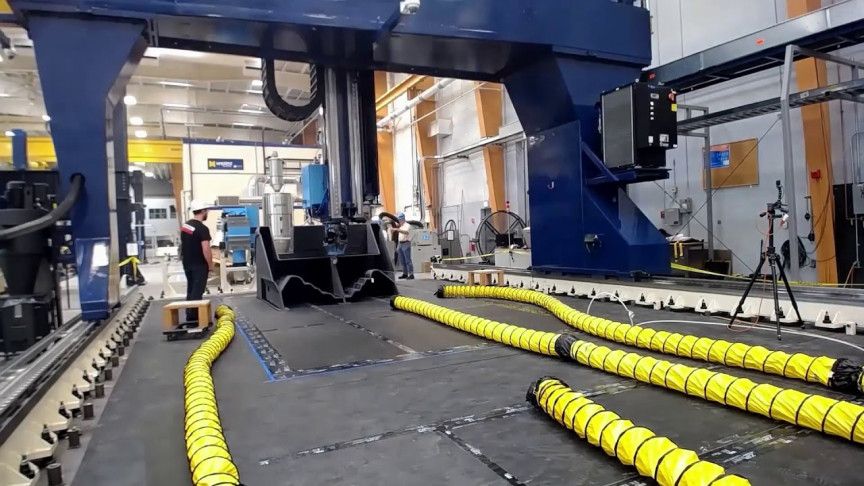
University of Maine’s Advanced Structures and Composites Center just printed a 25-foot, 5,000-pound boat, the largest object that has ever been printed. The exorbitant act earned the college no less than three Guinness World Records.
The awards are as follows: one for the world’s largest prototype polymer 3D printer, one for the largest solid 3D-printed object, and one for the largest boat which has ever been produced by a 3D printer. The 3D printer is designed to print objects as long as 100 feet by 22 feet wide by 10 feet high, and can print at 500 pounds per hour.
Continue reading “World’s Biggest 3D-Printer Makes World’s Biggest 3D-Printed Boat” »
Oct 13, 2019
Bendy laser beams fired through the air
Posted by Quinn Sena in categories: climatology, physics
2009
The Norse thunder god Thor deflected lightning with his hammer. Physicists could soon replicate this feat using curved laser beams.
Bending lightning around tall buildings and away from airports, power plants and other facilities is just one application for curved laser beams, says Jerome Moloney at the University of Arizona, Tuscon. He and his colleagues have now made the first such beams1. “The real novelty is that we can curve light in the lab,” he says.
Continue reading “Bendy laser beams fired through the air” »
Scientists discover the inner workings of an effect that will lead to a new generation of devices.
Oct 13, 2019
Welcome indoors, solar cells
Posted by Genevieve Klien in categories: internet, particle physics, solar power, sustainability
Swedish and Chinese scientists have developed organic solar cells optimised to convert ambient indoor light to electricity. The power they produce is low, but is probably enough to feed the millions of products that the internet of things will bring online.
As the internet of things expands, it is expected that we will need to have millions of products online, both in public spaces and in homes. Many of these will be the multitude of sensors to detect and measure moisture, particle concentrations, temperature and other parameters. For this reason, the demand for small and cheap sources of renewable energy is increasing rapidly, in order to reduce the need for frequent and expensive battery replacements.
This is where organic solar cells come in. Not only are they flexible, cheap to manufacture and suitable for manufacture as large surfaces in a printing press, they have one further advantage: the light-absorbing layer consists of a mixture of donor and acceptor materials, which gives considerable flexibility in tuning the solar cells such that they are optimised for different spectra – for light of different wavelengths.
Oct 13, 2019
This Dried Up Riverbed Shows that Water Once Flowed on the Surface of Mars
Posted by Genevieve Klien in categories: habitats, space
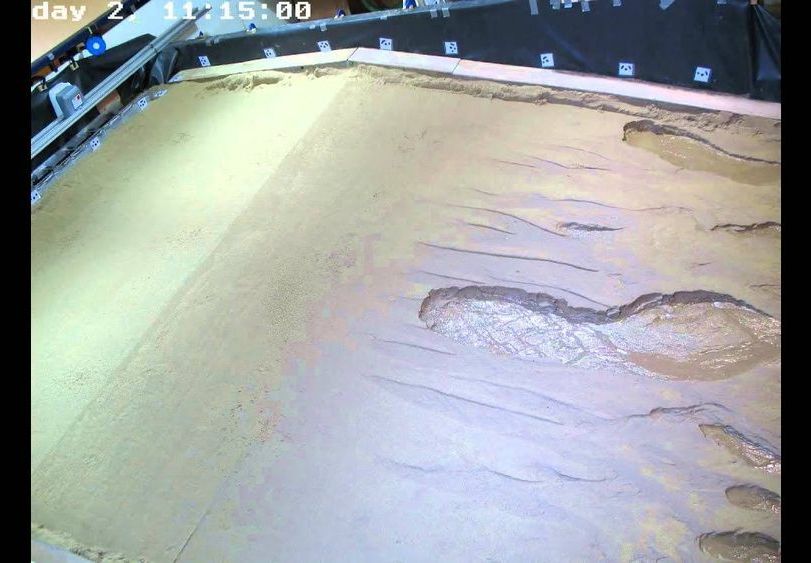
From some viewpoints, Mars is kind of like a skeleton of Earth. We can see that it had volcanoes, oceans, and rivers, but the volcanoes no longer fume and the water is all gone. A new image from the ESA’s Mars Express drives the point home.
The new image is of Nirgal Vallis, one of the longest dried-up river system on Mars, at almost 700 km (435 miles) long. It’s just south of the equator, in a region shaped not only by water flowing on the ancient surface, but by impacts.
Continue reading “This Dried Up Riverbed Shows that Water Once Flowed on the Surface of Mars” »
Oct 13, 2019
Internet loves Astrophysicist’s expression after finding out about his Nobel Prize
Posted by Genevieve Klien in categories: internet, physics, space
The Nobel Prize for physics was announced on October 8 where Mayor jointly shared half of the prize with Didier Quelzo while the other half was awarded to James Peebles. Both Mayor and Didier jointly discovered a planet outside our solar system, an exoplanet, orbiting a solar-type star.
Oct 13, 2019
SpaceX gives South Texas homeowners more time to consider buyout offers
Posted by Genevieve Klien in category: space travel
SpaceX is giving Boca Chica Village homeowners more time to consider its buyout offer and is agreeing to reappraise the properties after complaints that the original appraisals were too low.
Last month, the Hawthorne, Calif.-based rocket company sent property owners a letter dated Sept. 12, offering them three times the value of their homes based on appraisals SpaceX had commissioned. The deadline for accepting the offer was two weeks from the date of the letter and the offer was non-negotiable.
SpaceX said it wants to buy the properties due to a greater-than-anticipated disruption to residents and property owners as development of the company’s Mars rocket, Starship, gains steam.
Oct 13, 2019
The Mitochondria are the power stations of every cell in our body, turning the food we eat into energy
Posted by Tanvir Ahmed in categories: biotech/medical, food, life extension
Unfortunately, as we age they begin to breakdown due to damage.
MitoSENS project aims to reverse that damage with the goal of preventing age-related ill health. In their first study, they managed to show that allotopic expression of two mtDNA genes from the nucleus could bring back several functions in a patient cell line.
MitoSENS team is currently running a crowdfunding campaign on Lifespan.io to collect money for the next crucial step of this project. Scientists want to investigate if functional backup copies of mitochondrial DNA genes in the nucleus can replace their mutated counterparts in live animals, and if this could rescue mitochondrial function.
